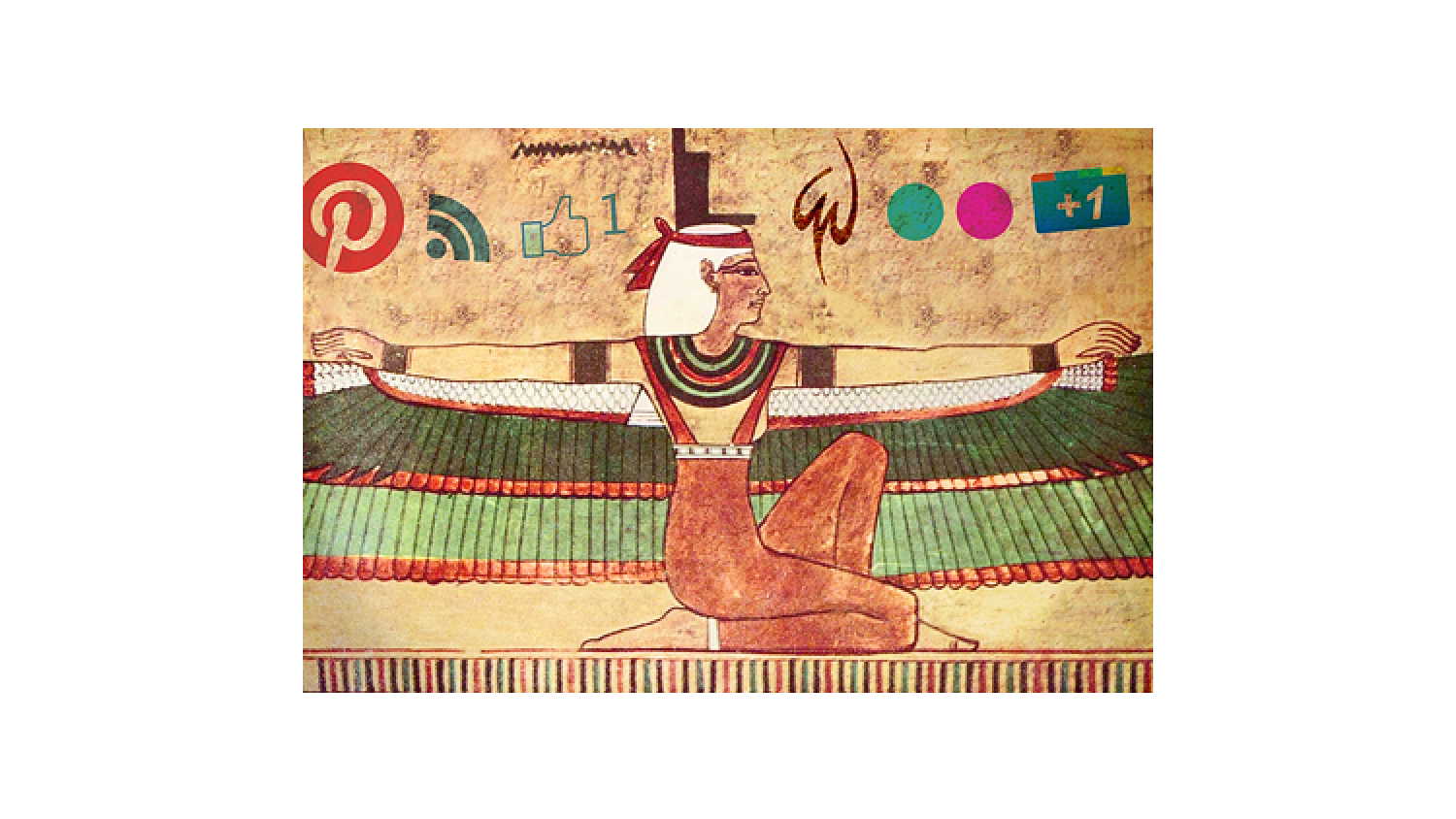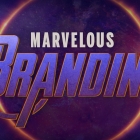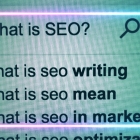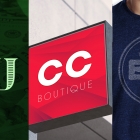Visual Content Marketing: A Picture is Worth a Thousand Words
Our brains have been changed by the superfast world of the Internet where things happen in an instant, and if we get bored or confused, POOF! We click away in search of someone who says the same thing only in fewer words and with more pictures.
We love pictures now more than ever, don’t we? It seems that long expanses of plain text have fallen away in favor of a more visual way of communication.
But then again, didn’t cave men do a lot of visual storytelling?
Maybe it’s simply evolved over thousands of years and we’re just seeing the latest iteration of it now. Just look at our fascination with Pinterest and Instagram. Isn’t that just a new form of cave drawing?
Right?
We just blew your mind, didn’t we?
However things have evolved, it seems like purely text-based content feels more dull and stuffy than ever before. Have you encountered a loooonnnggg page of text and thought “bleck! What’s with all the words? And there are hardly any pictures! I wonder what’s new on Instagram…” It’s not that we’re not smart anymore, but we’ve come to expect pictures to go along with text. Also, we prefer our information to be straight, to the point, and easily shareable. No flowery language needed, Shakespeare. Just the facts. With pictures, please.
Even a text-y thing like a blog post needs to have some pictures in it, maybe even an infographic or two, and please for the love of all that is decent, it needs to have subheadings and bullet points to break up the text and make it easy to skim for the good stuff.
Chop-chop Internet! We are all on a schedule!
How to make visual content work for you
- Use infographs! Have you seen our Pinterest page lately? Our Infographtastic board is loaded with infographs. That’s because we love how great they are for sharing complicated information or statistics. They break things down in a way that’s easily digestible and highly shareable. We’re even considering putting some of our processes in the form of infographs to make it easy and fast for our clients to visualize the phases of their projects.
- Images that are related to your content need to capture the whole idea so that when someone is deciding on whether or not to read, they already have some clues as to what the article is about just by reading your title and looking at your picture. You can draw your audience in by frontloading them with an image before they even read.
- If you can fit it into your budget, try to use original photos. Because you have complete control of what is in the image, they go a long way toward capturing whole ideas effectively and making your content approachable. If it’s not possible to get original photos, that’s ok, but if you can do it, go for it. When we use original photography and design work on our blog, the posts always get more attention.
By all this, we do not mean to say that text is not important. Words still make the world go ‘round, but the game is changing and it’s harder to grab eyeballs these days. Strong visual content paired with succinct, informative, and well-organized text is what draws an audience in and keeps them coming back for more.

 An agency-eye view of Marketing, Advertising, Branding, Design & Media.
An agency-eye view of Marketing, Advertising, Branding, Design & Media.




